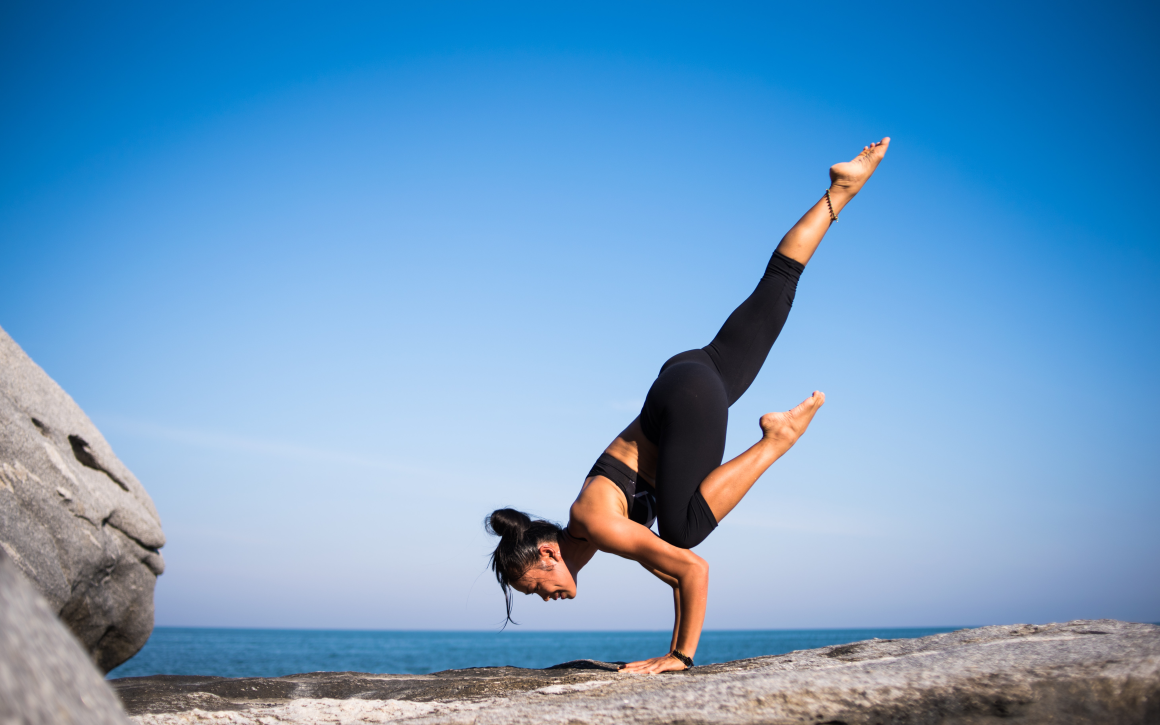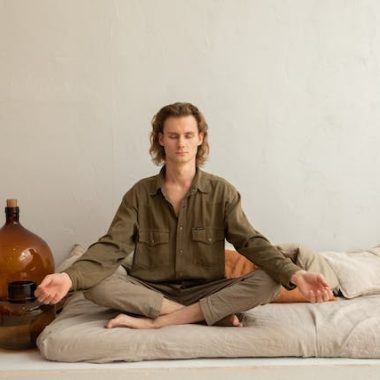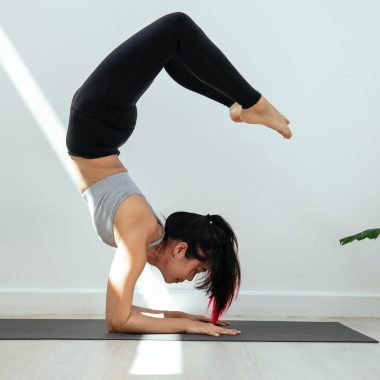The Importance of Moving More for Overall Health and Well-being
Regular physical activity is essential for our health and well-being. Unfortunately, many people still lead sedentary lifestyles with long periods of sitting or lying down. Unfortunately, the lack of movement can have negative consequences for our physical and mental health.
How Regular Physical Activity Improves Physical, Mental, and Cognitive Health
One of the primary reasons why we need to move more is to maintain our physical health. Regular physical activity has been shown to decrease the risk of chronic diseases such as heart disease, stroke, diabetes, and certain types of cancer. It also helps to maintain a healthy weight, which further reduces the risk of chronic diseases.
Moving more can also have a positive impact on our mental health. Exercise has been shown to reduce symptoms of depression and anxiety, as well as improve mood and overall well-being. Physical activity releases endorphins, which are chemicals in the brain that promote feelings of happiness and pleasure.
Regular physical activity can help us to maintain our independence as we age. It has been shown to improve strength, flexibility, and balance, which can reduce the risk of falls and injuries. This is particularly important for older adults since falls are a leading cause of injury and hospitalization in this population.
Another reason why we need to move more is to improve our cognitive function. Physical activity has been shown to improve memory, attention, and problem-solving skills. Exercise increases blood flow and oxygen to the brain, which can help to promote the growth of new brain cells and improve neural connections.
Despite these numerous benefits, many people still find it challenging to incorporate regular physical activity into their daily routines. Lack of time and motivation are the main barriers to exercise. However, even small amounts of physical activity can be beneficial, and there are many ways to incorporate movement into your daily life.
Tips on How to Move More Even With a Busy Schedule
- Take the Stairs
One of the most practical ways to move more is by taking the stairs instead of the elevator. Walking up and down the stairs for a few minutes each day can have a positive impact on your physical health. It increases your heart rate, strengthens your leg muscles, and burns calories. So, next time you’re at work, home, or in a mall, take the stairs instead of the elevator
- Go for a Walk
Walking is an excellent low-impact exercise that can be done anywhere, at any time. Going for a walk during your lunch break or after dinner is an excellent way to get your body moving. Walking improves cardiovascular health, strengthens your leg muscles, and can improve your mood.
- Do Quick Workouts at Home
With the convenience of the internet, it’s easy to find quick workout routines that can be done at home. There are countless workout videos on YouTube, fitness apps, and social media platforms that offer quick, effective workouts. You can do these workouts in the comfort of your home, without any equipment.
- Dance
Dancing is a fun and effective way to move more. You can dance in your living room, join a dance class, or participate in a dance workout. Dancing improves cardiovascular health, coordination, and can improve your mood.
- Gardening
Gardening is a great way to get your body moving and enjoy the outdoors. Gardening involves activities such as digging, weeding, planting, and watering, which can burn calories and improve strength and flexibility.
- Playing Sports
Playing sports is a fun and social way to move more. You can join a community sports team or gather some friends and play a game. Playing sports can improve cardiovascular health, coordination, and can be a fun way to socialize.
- Walking or Biking to Work
If you live close to work, walking or biking is a great way to incorporate movement into your daily routine. Walking or biking to work improves cardiovascular health, reduces stress, and can save money on transportation.
- Make Movement Social
Incorporating movement into your social life is an excellent way to stay motivated and have fun. You can join a fitness class, go for a hike with friends, or participate in a charity walk or run. Making movement social provides an opportunity to connect with others and stay accountable.
- Start Small
When it comes to moving more, it’s essential to start small and work your way up. You don’t have to do a full-blown workout every day to see results.
Start with small, achievable goals such as taking the stairs once a day, going for a 10-minute walk, or doing a 5-minute workout at home. These small goals can build momentum and lead to more significant changes over time.
There are many ways to incorporate movement into our daily routines, from taking the stairs to participating in sports.
The key is to start small, make movement social, and find activities that you enjoy. By making movement a priority in our lives, we can improve our health and well-being for years to come.








